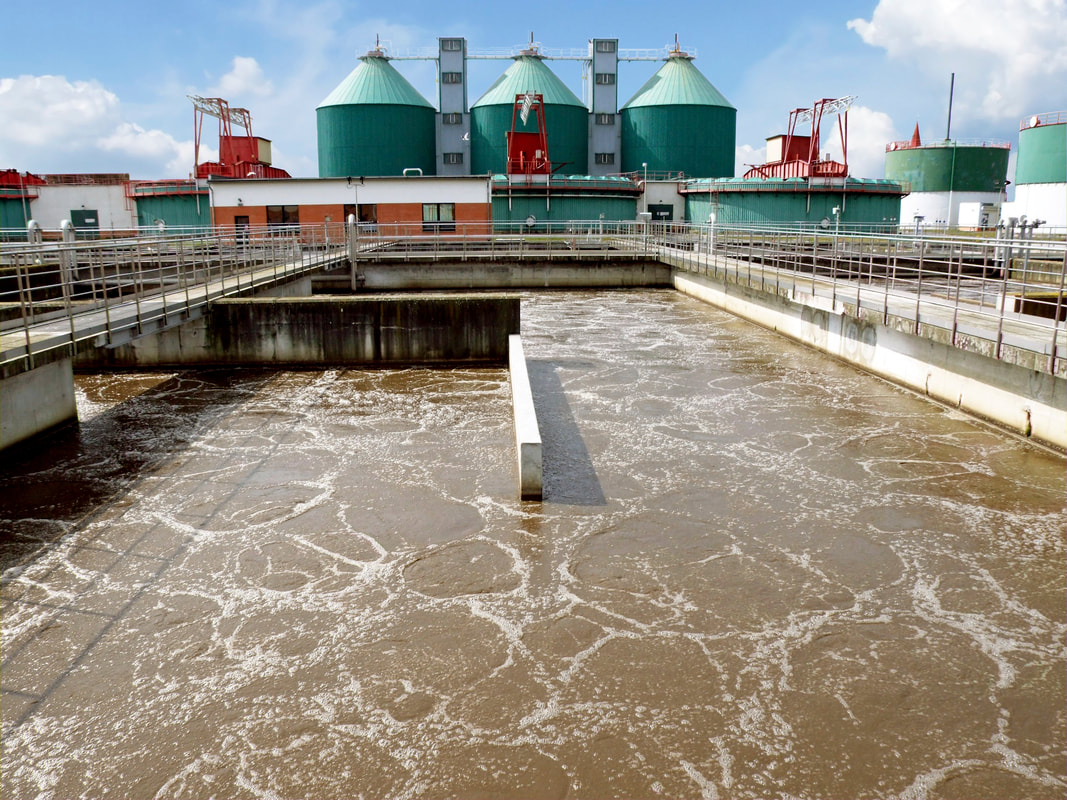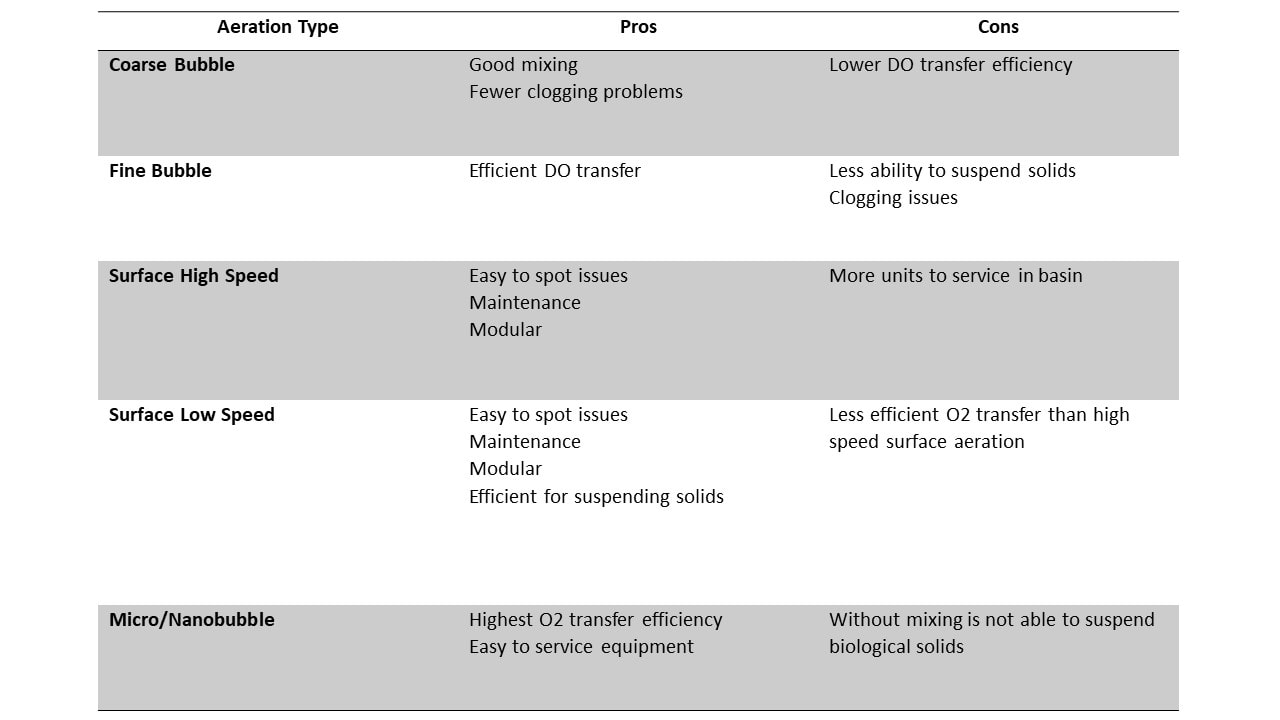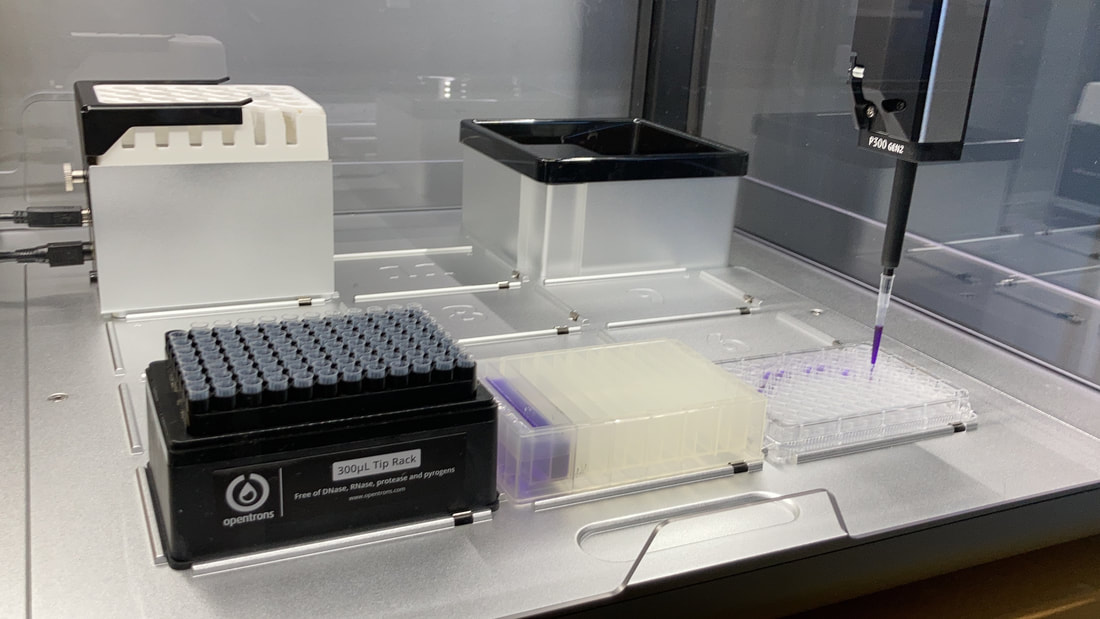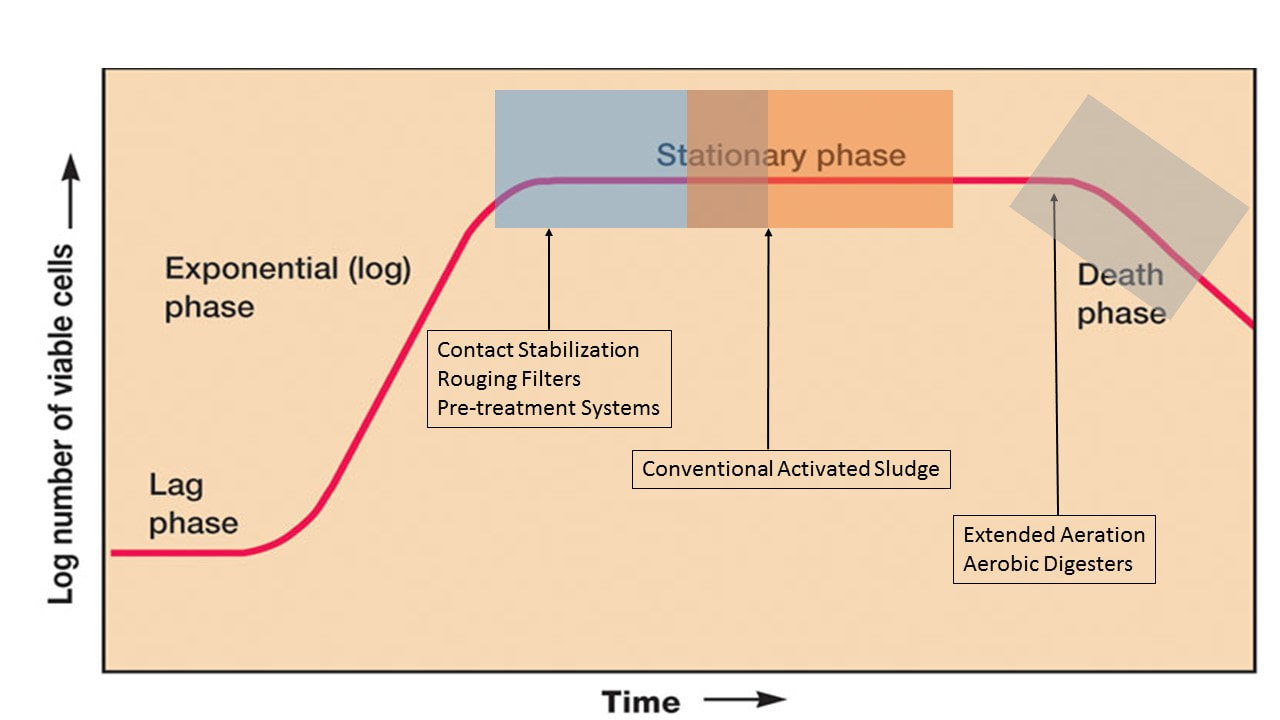I have seen two reasons why you may need to run higher than textbook D.O. residuals.
- DO probe placement – a single probe can have sampling error and can easily be checked by testing other points in the basin with a portable meter.
- DO in floc is different than in the water phase (where the probe is located) - floc is composed of microbes, EPS, non-soluble organics, and inorganics. DO must penetrate the floc to reach microbes deep inside the floc. Larger, higher EPS flocs can have anoxic/anaerobic zones inside.





 RSS Feed
RSS Feed